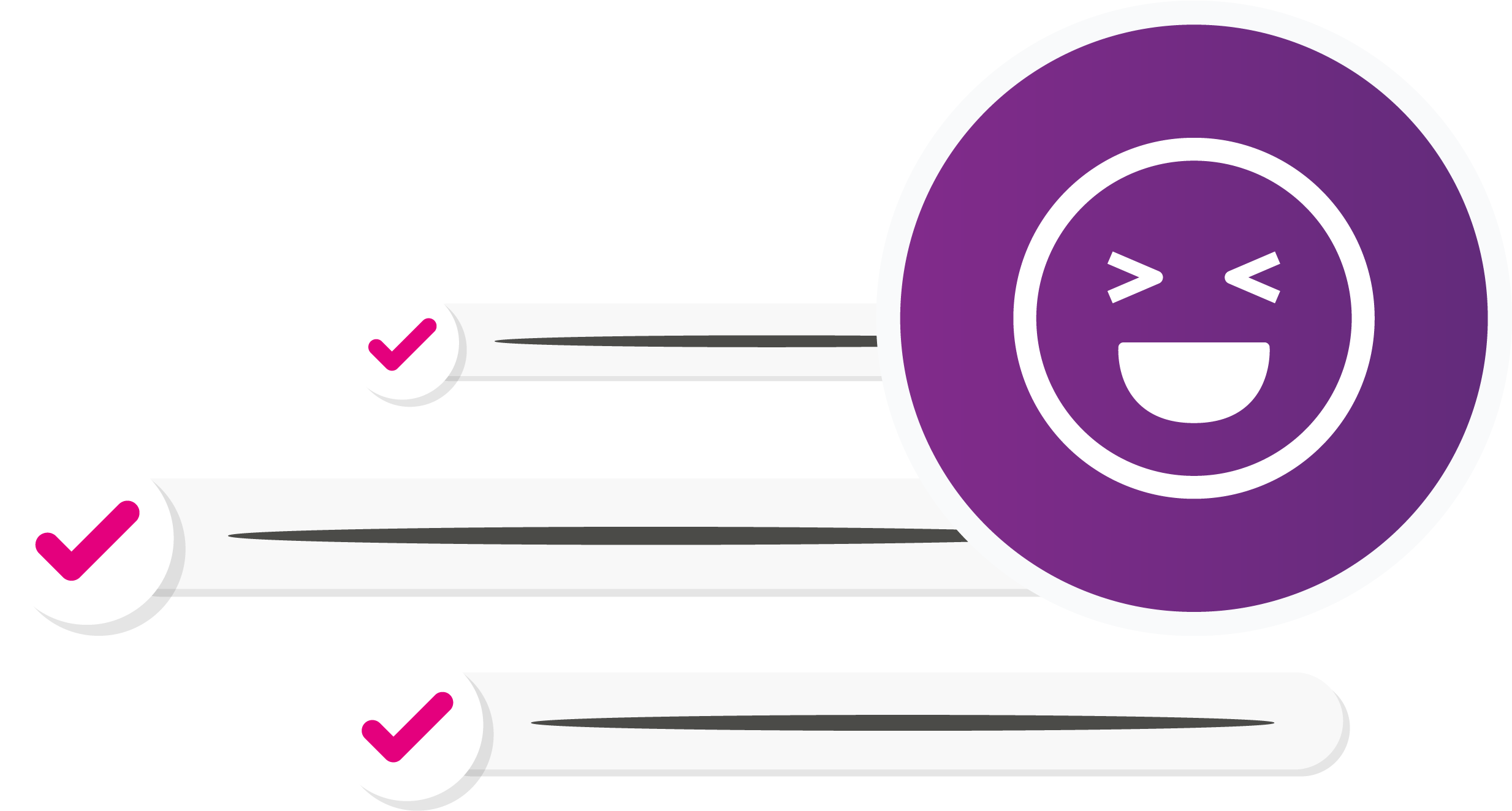With new generations shaking up the world of work as we know it and the generalized shortage of manpower in Canada, any organization that wishes to stand out and position itself as an employer of choice must listen to current employees.
Employee satisfaction surveys are a valuable tool for establishing conversations with employees, and key drivers of engagement and retention. By helping employers gather valuable information to assist them in reaching company goals, they are true catalysts for change. Today, workplace surveys are not only beneficial, they are essential. Now, how do you use employee surveys to get representative results of employee engagement levels?
Here are the top 10 best practices for a successful implementation of a work climate survey in your organization!
















